Bringing death. The best attack aircraft in aviation history
In combined-arms offensive combat, you can do without air support: the howitzer artillery division of the Soviet army could bring down on the head of the enemy five hundred shells of 152 mm caliber! Artillery beats in fog, thunder and blizzard, and work aviation often limited by adverse weather conditions and the dark.
Of course, aviation has its strengths. Bombers can use huge-capacity ammunition - an elderly Su-24 booms up with two KAB-1500 bombs under the wing. The ammunition index speaks for itself. It is difficult to imagine an artillery gun capable of firing such heavy shells. The monstrous naval cannon "Type 94" (Japan) had a caliber of 460 mm and a mass of guns 165 tons! At the same time, its firing range barely reached 40 km. Unlike the Japanese artillery system, the Su-24 can “throw” a couple of its 1,5-ton bombs on five hundred kilometers.
But for the direct fire support of ground troops does not require such powerful ammunition, as well as ultra-long range shooting! The legendary howitzer gun D-20 beats 17 kilometers - more than enough to destroy any targets in the front line. And the power of its 45-50 projectiles has enough kilograms to defeat most of the objects at the front edge of the enemy’s defense. After all, it is no coincidence that during the years of the Second World War, the Luftwaffe abandoned the "weave" - for the direct support of the ground forces there were enough bombs weighing 50 kg.
As a result, we are faced with an amazing paradox - from the point of view of logic, effective fire support at the forefront can be ensured only by the use of artillery means. There is no need to use attack aircraft and other "battlefield airplanes" - expensive and unreliable "toys" with redundant capabilities.
On the other hand, any modern combined-arms offensive battle without quality air support is doomed to an imminent and inevitable defeat.
Attack aircraft have a secret of success. And this secret is in no way connected with the flight characteristics of the “battlefield planes” themselves, the thickness of their armor and the power of the onboard armament.
To solve the puzzle, I suggest that readers get acquainted with the seven best attack aircraft and aircraft that directly support the troops in stories aviation, to follow the combat path of these legendary machines and answer the main question: why do we need assault aircraft?
Anti-tank attack aircraft A-10 "Thunderbolt II" ("Thunderclap")
Norm take-off weight: 14 tons. Small-gun armament: the seven-barreled gun GAU-8 with ammunition 1350 shells. Combat load: 11 suspension points, up to 7,5 tons of bombs, NURS blocks and high-precision weapons. Crew: 1 pilot. Max. ground speed 720 km / h.
Thunderbolt is not a plane. This is a real flying gun! The main structural element around which the Thunderbolt is built, is the incredible GAU-8 gun with a rotating block of seven barrels. The most powerful of the 30 mm caliber aircraft cannons ever installed on airplanes - its recoil exceeds the thrust force of two Thunderbolt jet engines! Firing rate 1800 - 3900 rds / min The velocity of the projectile at the cut of the trunk reaches 1 km / s.
The story of the fantastic gun GAU-8 would be incomplete without mentioning its ammunition. The PGU-14 / B armor-piercing with depleted uranium core, which penetrates the 500 meters at a right angle of 69 mm of armor, is especially popular. For comparison: the thickness of the roof of the Soviet BMP of the first generation 6 mm, the side of the hull 14 mm. The phenomenal accuracy of the gun allows 1200% of shells to be placed in a circle with a diameter of about six meters from a distance of 80 meters. In other words, a one-second salvo at maximum rate of fire gives 50 hits to an enemy tank!
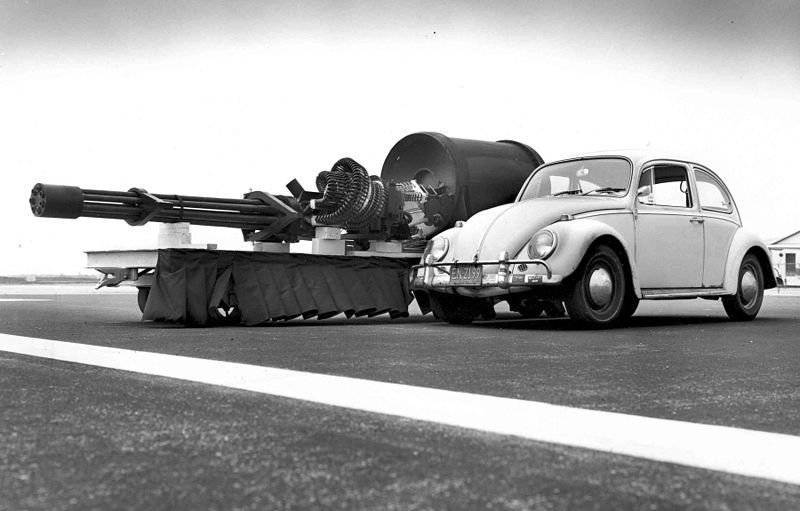
A worthy representative of his class, created at the height of the Cold War to exterminate the Soviet tank armada. The “Flying Cross” does not suffer from the lack of modern sighting and navigation systems and high-precision weapons, and the high survivability of its design has been repeatedly confirmed in the local wars of recent years.
AC-130 "Spectrum" fire support aircraft
Norm take-off weight: 60 tons. Small-gun armament: 105 mm howitzer, 40 mm automatic cannon, two 6-ti barrel "Volcano" caliber 20 mm. Crew: 13 man. Max. 480 speed km / h.
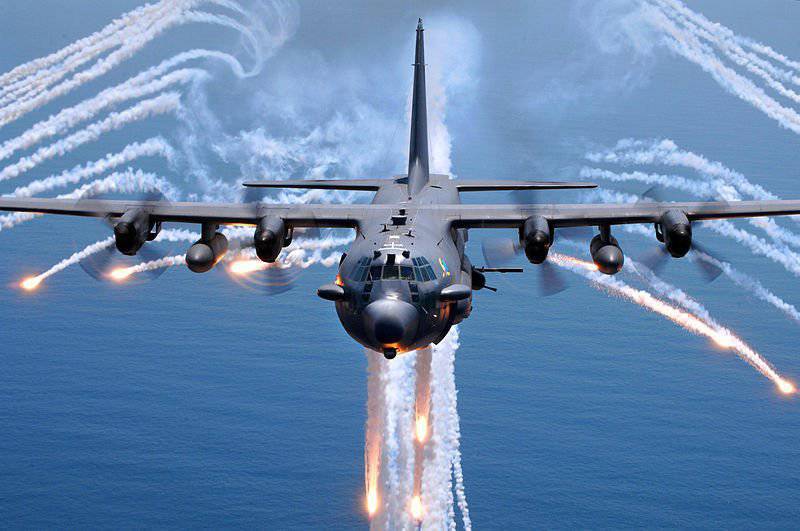
At the sight of the Spectrum attacker, Jung and Freud would have embraced like brothers and wept with happiness. National American fun - shooting Papuans from guns from a flying aircraft (the so-called "ganship" - a gun ship). The sleep of reason gives birth to monsters.
The idea of the “ganship” is not new - attempts to install heavy weapons on the aircraft were made during the Second World War. But only the Yankees guessed to mount a battery of several guns aboard the Hercules C-130 military transport aircraft (similar to the Soviet An-12). At the same time, the trajectories of the projectiles fired are perpendicular to the course of the flying aircraft — the guns fire through the embrasures in the port side.
Alas, it’s fun to shoot a howitzer at cities and towns passing by under the wing. The work of the AU-130 is much more prosaic: the goals (fortified points, vehicle clusters, rebel villages) are chosen in advance. When approaching the target, the “ganship” makes a turn and starts circling over the target with a constant lurch to the port side, so that the trajectories of the projectiles converge exactly at the “aiming point” on the ground surface. In complex ballistic calculations helps automatics, "Ganship" is equipped with the most modern sighting systems, thermal imagers and laser range finders.
Despite the seeming idiocy, the Spektr АС-130 is a simple and ingenious solution for local conflicts of low intensity. The main thing is that the enemy’s air defense should have nothing more serious than MANPADS and large-caliber machine guns - otherwise, no heat traps and opto-electronic protection systems will save the "gang" from fire from the ground.
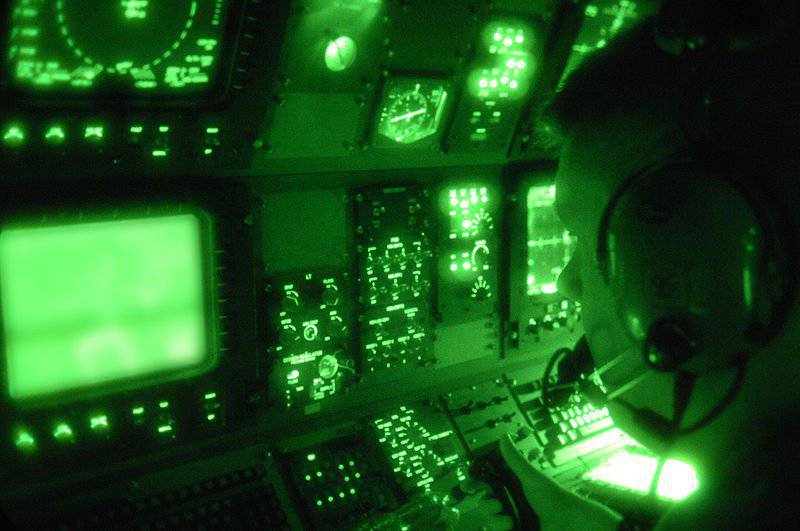
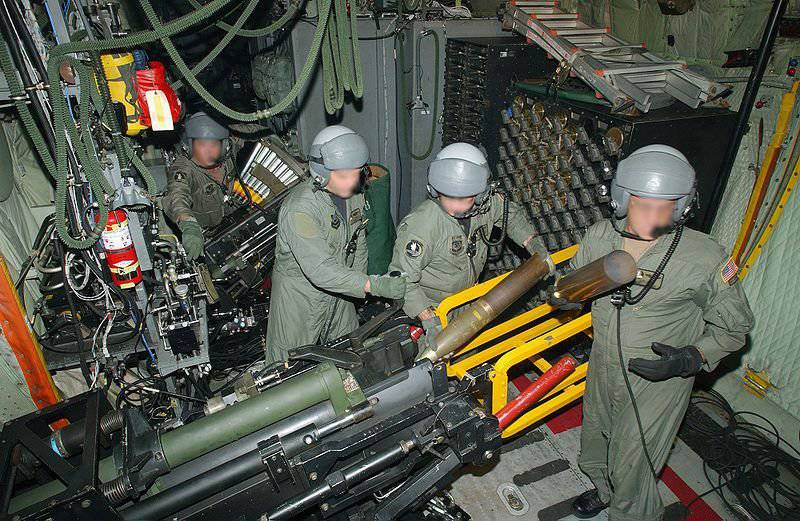
Twin-engine attack aircraft Henschel-129
Norm take-off weight: 4,3 tons. Small arms: 2 machine gun rifle caliber, two automatic guns caliber 20 mm with 125 projectiles on the barrel. Combat load: up to 200 kg of bombs, suspended gun containers or other weapons. Crew: 1 pilot. Max. 320 speed km / h.
The disgusting celestial slug Hs.129 was the loudest failure of the Third Reich aviation industry. Bad plane in every sense. Textbooks for cadets of flight schools of the Red Army speak of its insignificance: where the Messers and Junkers are given whole chapters, Hs.129 has been rewarded with only a few common phrases: you can attack with impunity from all directions except head-on attack. In short, shoot him down as you like. Slow, awkward, weak, and still a “blind” plane - the German pilot did not see anything from his cockpit, except for a narrow section of the forward hemisphere.
Serial production of an unsuccessful aircraft would probably have collapsed before it could begin, but a meeting with tens of thousands of Soviet tanks forced the German command to take any possible measures to stop the T-34 and its countless "colleagues." As a result, a squalid attack aircraft, released in the total number of 878 copies, went through the whole war. Noted on the Western Front, in Africa, on the Kursk Bulge ...
The Germans repeatedly tried to modernize the “flying coffin”, put an ejection seat on it (otherwise the pilot could not escape from a cramped and uncomfortable cabin), armed the Henschel 50 mm and 75 mm anti-tank guns - after such “modernization” the plane barely kept in the air and somehow developed the speed of 250 km / h.
But the most unusual was the system "Forsterzond" - the aircraft equipped with a metal detector flew, almost clinging to the tops of the trees. When the sensor was triggered, six 45 mm caliber shells were shot at the lower hemisphere, capable of breaking through the roof of any tank.
The story of Hs.129 is a story about flying skills. The Germans never complained about the poor quality of technology and even fought on such poor machines. At the same time, from time to time, they achieved some success, on the account of the damned "Henschel" a lot of blood of Soviet soldiers
Armored attack aircraft Su-25 "Rook"
Norm take-off weight: 14,6 tons. Small-gun armament: double-barreled gun GSH-2-30 with 250 ammunition shells. Combat load: 10 suspension points, up to 4 tons of bombs, unguided missiles, cannon containers and high-precision weapons. Crew: 1 pilot. Max. 950 speed km / h.
The symbol of the hot sky of Afghanistan, the Soviet subsonic attack aircraft with titanium armor (the total mass of armor plates reaches 600 kg).
The idea of a subsonic high-impact shock machine was born as a result of an analysis of the combat use of aviation against ground targets at the Dnepr exercise in September 1967: every time, the subsonic MiG-17 showed the best results. Outdated aircraft, in contrast to the supersonic fighter-bomber Su-7 and Su-17, confidently found and targeted targeted ground targets.
As a result, “Grach”, a specialized Su-25 attack aircraft with an extremely simple and robust design, was born. An unpretentious "soldier aircraft" capable of working on the operational challenges of the ground forces in the face of strong opposition from the enemy's front-line air defense.
A significant role in the design of the Su-25 played "trophy" F-5 "Tiger" and A-37 "Dragonfly", arrived in the Soviet Union from Vietnam. By that time, the Americans had already “tasted” all the delights of the counterguerrilla war in the absence of a clear front line. The design of the light attack aircraft "Dragonfly" was embodied all the accumulated combat experience, bought, fortunately, not with our blood.
As a result, by the beginning of the Afghan war, the Su-25 became the only aircraft of the Soviet Air Force, the most adapted to such "non-standard" conflicts. In addition to Afgan, thanks to its cheapness and ease of operation, the Grach attack aircraft was noted in a couple of dozen armed conflicts and civil wars around the world.
The best confirmation of the Su-25 effectiveness - “Grach” has not been off the assembly line for thirty years, in addition to the basic, export and combat training version, a number of new modifications have appeared: the anti-tank attack aircraft Su-39, the deck aircraft Su-25UTG, modernized Su-25M with “ a glass cabin ”and even a Georgian version of the Scorpion with foreign avionics and Israeli-made sighting and navigation systems.

Multi-purpose fighter P-47 "Thunderbolt"
Norm take-off weight: 6 tons. Small-gun armament: eight machine guns of the 50 caliber with 425 ammunition on the barrel. Combat load: 10 suspension points for 127 mm unguided rockets, up to 1000 kg bombs. Crew: 1 pilot. Max. 700 speed km / h.
The legendary predecessor of the modern attack aircraft A-10, designed by the Georgian aircraft designer Alexander Kartvelishvili. It is considered one of the best fighters of the Second World War. Luxurious cockpit equipment, exceptional survivability and security, powerful armament, 3700 km range (from Moscow to Berlin and back!), Turbocharging, allowing heavy aircraft to fight at dizzying heights.
All this is achieved thanks to the advent of the Pratt & Whitney R2800 engine - an incredible 18-cylinder air-cooled "star" with a capacity of 2400 hp.
But what makes an escort high-altitude fighter on our list of the best attack aircraft? The answer is simple - the combat load of the Thunderbolt was comparable to the combat load of two Il-2 attack aircraft. Plus, eight large-caliber "Browings" with a total 3400 ammunition of ammunition - any unarmored target will turn into a sieve! And to destroy heavy armored vehicles under the wing of the Thunderbolt, 10 unguided rockets with cumulative combat units could be suspended.
As a result, the P-47 fighter was successfully used on the Western Front as a ground attack aircraft. The last thing many German tankers have seen in their lives is a stupid silvery beam diving at them, spewing deadly fire.
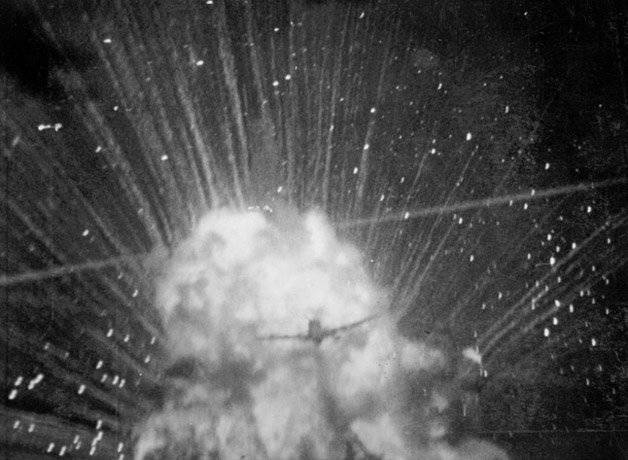
Armored Stormtrooper IL-2 vs Dive Bomber Junkers-87
An attempt to compare the Ju.87 with the Il-2 attack aircraft every time meets with vehement objections: how dare you! these are different planes: one attacks the target in a steep dive, the second one fires the target from a strafing flight.
But these are only technical details. In fact, both cars are “battlefield airplanes” created to directly support ground forces. They have common tasks and ONE destination. But which of the attack methods is more effective is to find out.
Junkers-87 "Stuck". Norm take-off weight: 4,5 tons. Small-gun armament: 3 machine gun caliber 7,92 mm. Bomb load: could reach 1 tons, but usually did not exceed 250 kg. Crew: 2 man. Max. speed 390 km / h (in horizontal flight, of course).
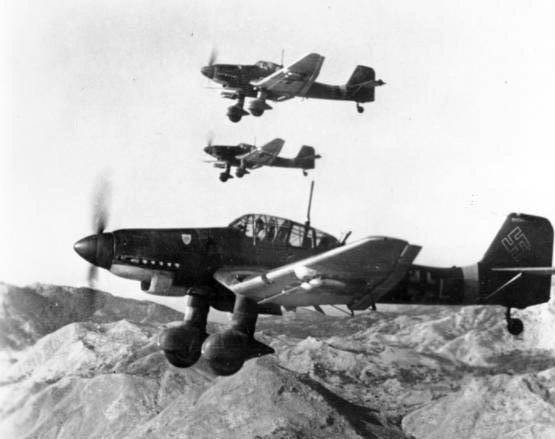
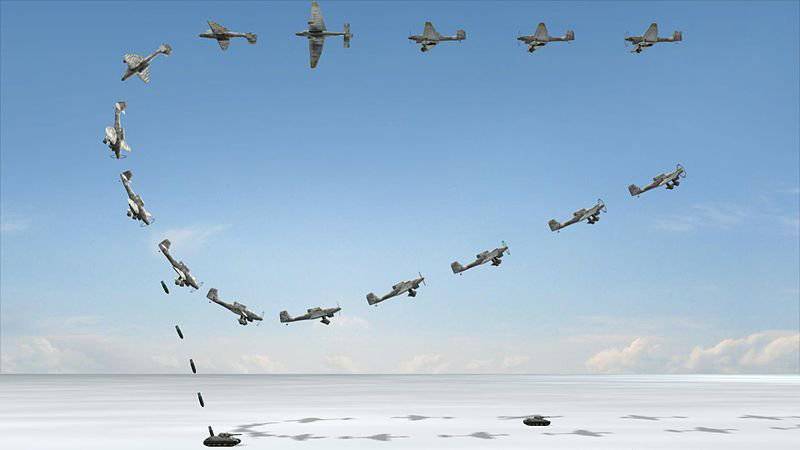
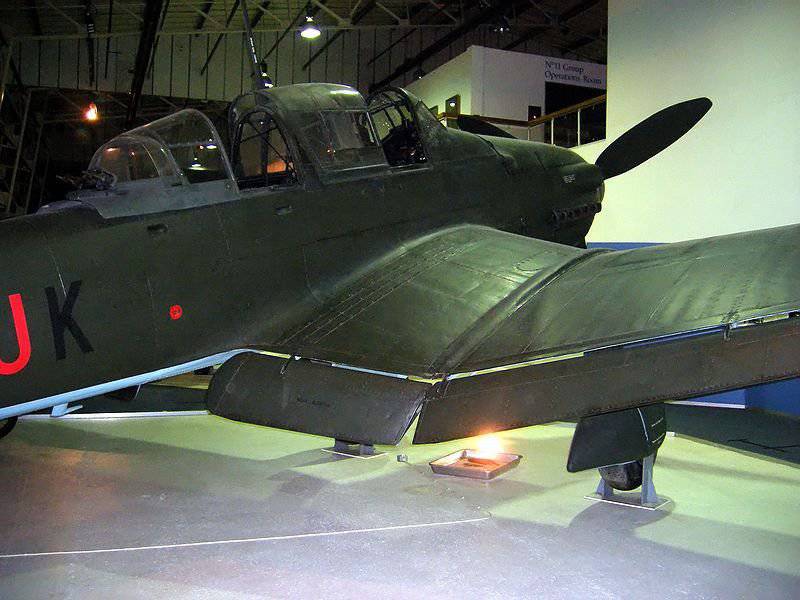
In September, 1941 was released on 12 Ju.87. By November 1941, the production of “laptezhnika” was almost discontinued - just released 2 aircraft. By the beginning of 1942, the production of dive bomber was resumed - in just the next six months, the Germans built around 700 Ju.87. It is amazing how a “laptezhnik” produced in such insignificant quantities could do so much trouble!
The table characteristics of Ju.87 are also surprising - the plane became morally outdated even 10 years before its appearance, what kind of combat use can we talk about ?! But, in the tables, the main thing is not indicated - a very strong, rigid structure and aerodynamic brake grids, which allowed the “laptezhnik” to swoop down on the target almost vertically. At the same time, Ju.87 could "put" the bomb in a circle with a radius of 30 meters GUARANTEED! At the exit from the steep peak, the Ju.87 speed exceeded 600 km / h - it was extremely difficult for the Soviet anti-aircraft gunners to hit such a fast target, constantly changing their speed and altitude. The barrage of anti-aircraft fire was also ineffective - a diving “laptezhnik” could at any moment change the slope of its trajectory and move out of the affected area.
However, despite all its unique qualities, Ju.87 high efficiency was due to very different, much deeper reasons.
IL-2 Sturmovik: norms take-off weight 6 tons. Cannon armament: 2 XY-23 automatic cannon caliber 23 mm with 150 ammunition shells on the barrel; Shkas machine gun 2 with 750 ammunition shots on the barrel; 1 heavy machine gun Berezina to protect the rear hemisphere, 150 rounds of ammunition. The combat load is up to 600 kg of bombs or 8 unguided rockets PC-82, in reality, the bomb load usually did not exceed 400 kg. Crew 2 man. Max. speed 414 km / h
- the opinion of the pilots IL-2
The most massive aircraft in the history of military aviation, "flying tank", "concrete plane" or simply "Schwarzer Tod" (incorrect, literal translation - "black death", the correct translation is "plague"). The revolutionary machine for its time: stamped double curvature armor panels, fully integrated into the design of the attack aircraft; rockets; most powerful cannon armament ...
In all, during the war years, 36 of thousands of IL-2 aircraft were launched (plus about a thousand more upgraded Il-10 attack aircraft in the first half of 1945). The number of Ilovs released exceeded the number of all German tanks and SPGs that were on the Eastern Front - if each IL-2 destroyed at least one unit of enemy armored vehicles, the Pancervaff steel wedges would simply cease to exist!
Many questions are related to the invulnerability of the Stormtrooper. The harsh reality confirms: heavy booking and aircraft are incompatible. The shells of the German automatic gun MG 151 / 20 pierced through the IL-2 armored car through. The wing consoles and the tail section of the Attack aircraft fuselage were generally made of plywood and did not have any reservations - the line of the anti-aircraft machine gun simply “chopped off” the wing or tail from the armored cabin with the pilots.
The meaning of the “booking” of the Stormtrooper was in a different way — at extremely low altitudes, the probability of the German infantry shooting small arms sharply increased. This is where the Il-2 armored cabin came in handy - it perfectly “held” rifle-caliber bullets, and as for the wing plywood consoles, small-caliber bullets could not harm them - the Elah safely returned to the airfield, having several hundreds of bullet holes each.
And yet, the combat use statistics of the Il-2 are bleak: 10759 airplanes of this type were lost in combat missions (without taking into account non-combat accidents, catastrophes and write-offs for technical reasons). With the Assault weapon too everything was not so simple:
- test report Il-2 at the Air Force Research Institute of Arms
Without any opposition from the enemy, in ideal range conditions for a previously known goal! Moreover, shooting from a gentle dive had a bad effect on armor penetration: shells simply ricocheted from armor - in no case had the armor of enemy medium tanks been broken through.
The bombs left even fewer chances: when 4 bombs were dropped from horizontal flight from 50 meters, the probability of hitting at least one bomb in the 20 × 100 m band (wide highway section or artillery battery position) was only 8%! Approximately the same figure expressed the accuracy of firing rockets.
White phosphorus showed itself well, however, the high requirements for its storage made its mass use impossible in combat conditions. But the most interesting story is connected with cumulative anti-tank bombs (PTAB), weighing 1,5-2,5 kg - An attack aircraft could take on board up to 196 such ammunition in each combat departure. In the first days of the Kursk Bulge, the effect was overwhelming: the attackers "carried out" with the PTNS on the Fascist tanks on 6-8 in one go, in order to avoid a complete defeat, the Germans had to urgently change the order in which the tanks were built. However, the real effectiveness of these weapons is often questioned: during the war years, 12 millions of PTABs were manufactured: if at least 10% of this amount would have been used in battle, and of them 3% bombs hit the target - nothing would happen to the Wehrmacht’s armored forces not left.
As practice shows, the main objectives of the Stormtroopers were, after all, not the tanks, but the German infantry, weapon emplacements and artillery batteries, clusters of vehicles, railway stations and warehouses in the front-line zone. The contribution of the stormtroopers in the victory over fascism is invaluable.
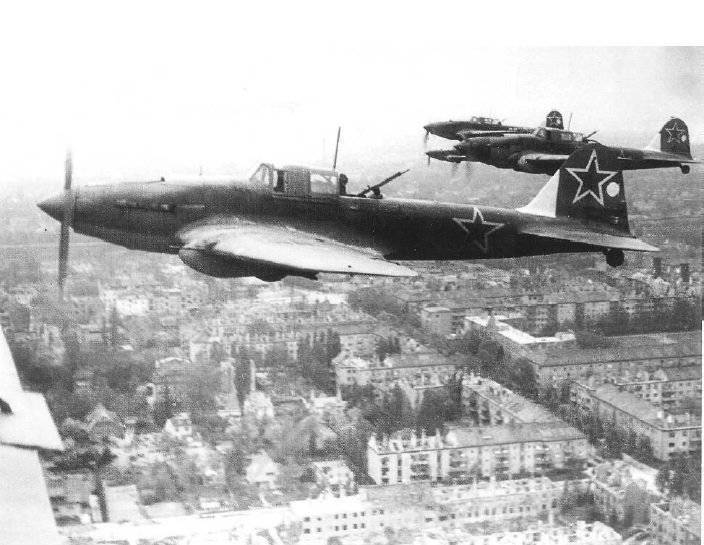
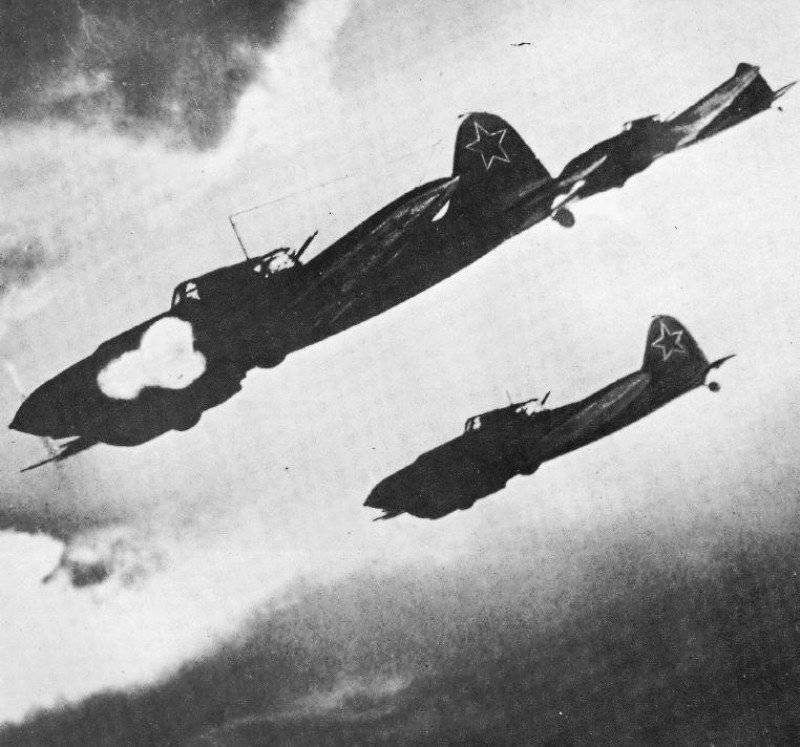
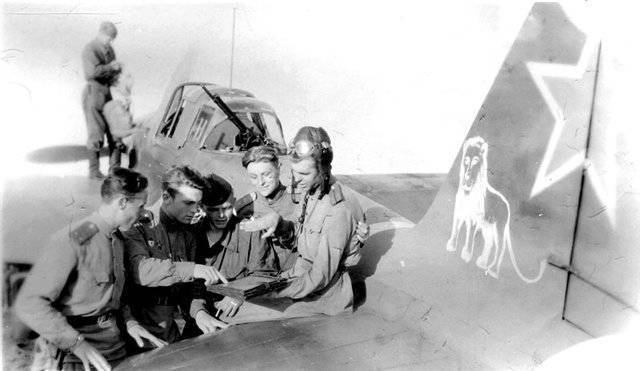
So, we have seven of the best aircraft that directly support ground forces. Each "superhero" has its own unique history and its own unique "secret of success." As you can see, all of them are not distinguished by high flight characteristics, rather the opposite - all as one are clumsy, slow-moving “irons” with imperfect aerodynamics, at the mercy of increased survivability and armament. So what is the reason for the existence of these aircraft?
The 152 mm gun howitzer D-20 is towed by a ZIL-375 truck with a maximum speed of 60 km / h. Attack "Grach" flies in the sky at a speed of 15 times faster. This circumstance allows the aircraft to arrive in a matter of minutes at the desired section of the front line and pour a hail of powerful ammunition on the enemy’s head. Artillery, alas, does not have such operational maneuver capabilities.
From this follows a straightforward conclusion: the effectiveness of the work of the “battlefield aviation” depends primarily on the competent interaction between ground forces and the air force. High-quality, communication, organization, correct tactics, competent actions of commanders, air traffic controllers, spotters. If done correctly, aviation will bring victory on its wings. Violation of these conditions will inevitably cause "friendliness".
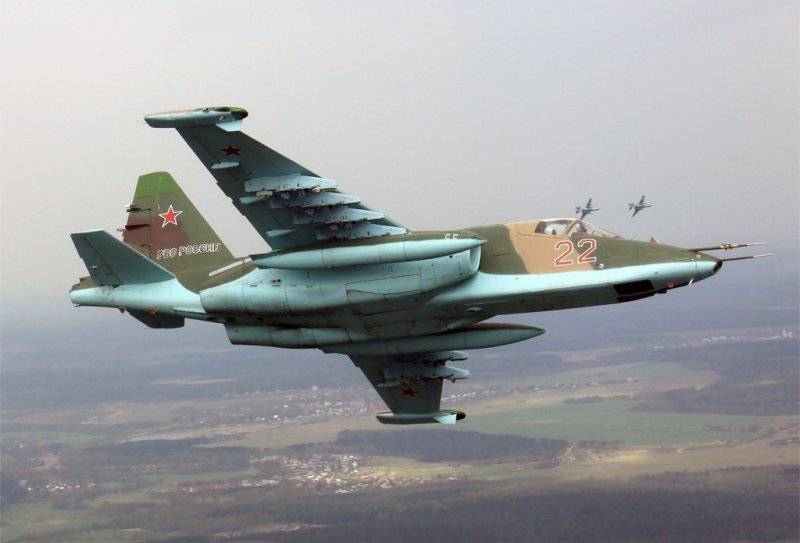
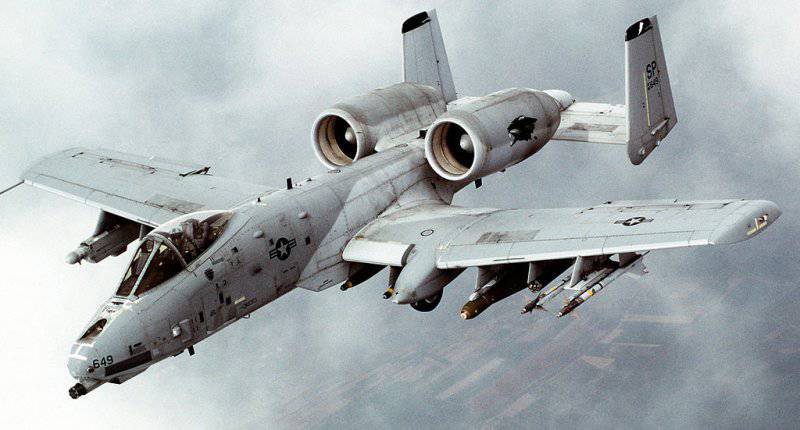
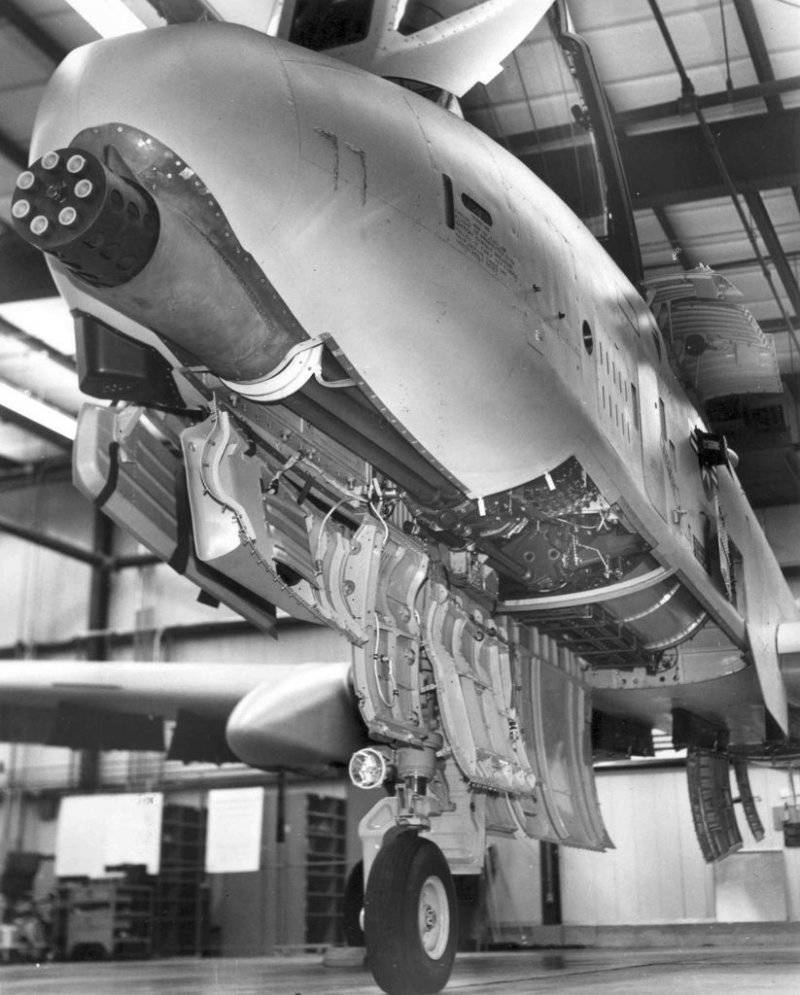
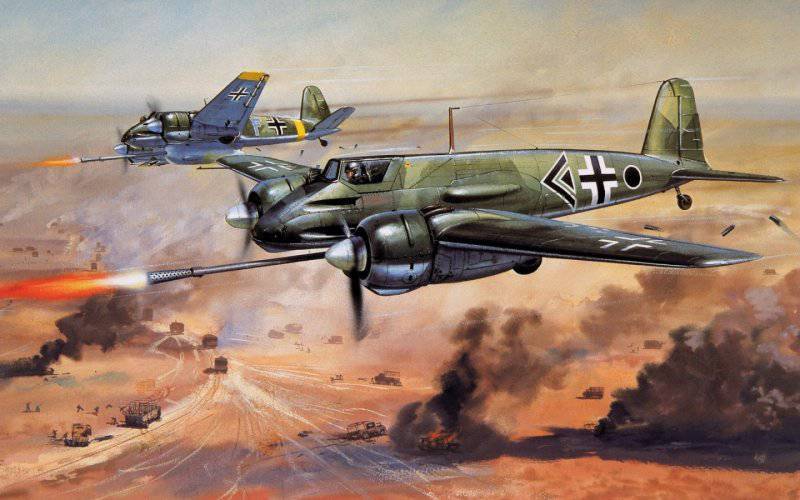
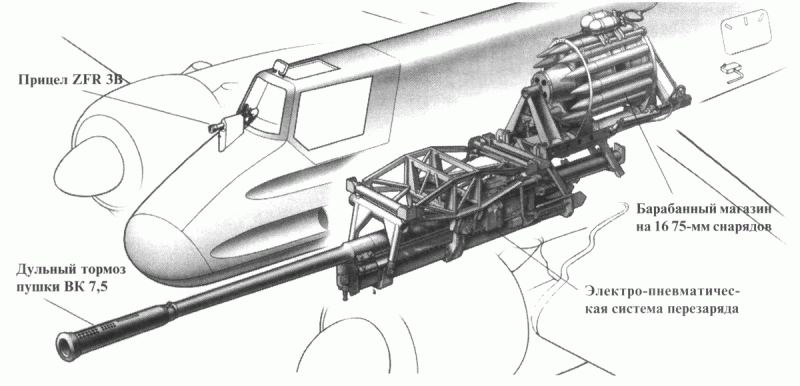
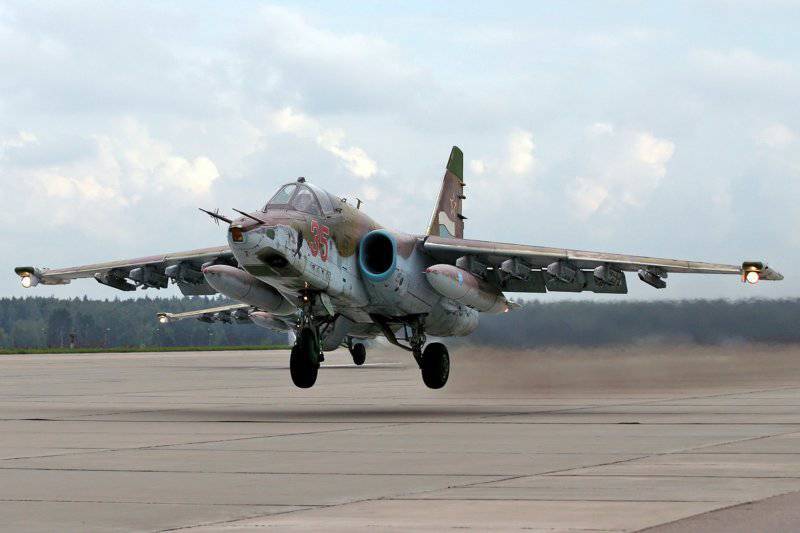

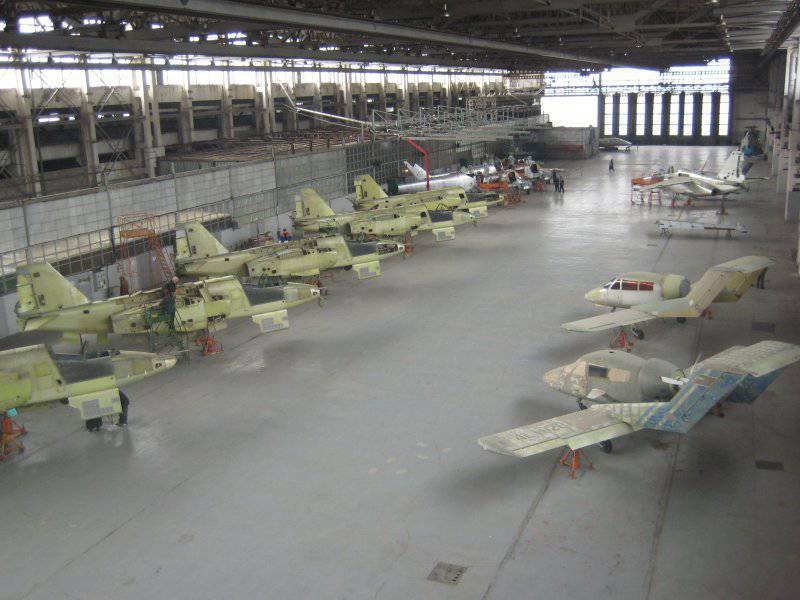
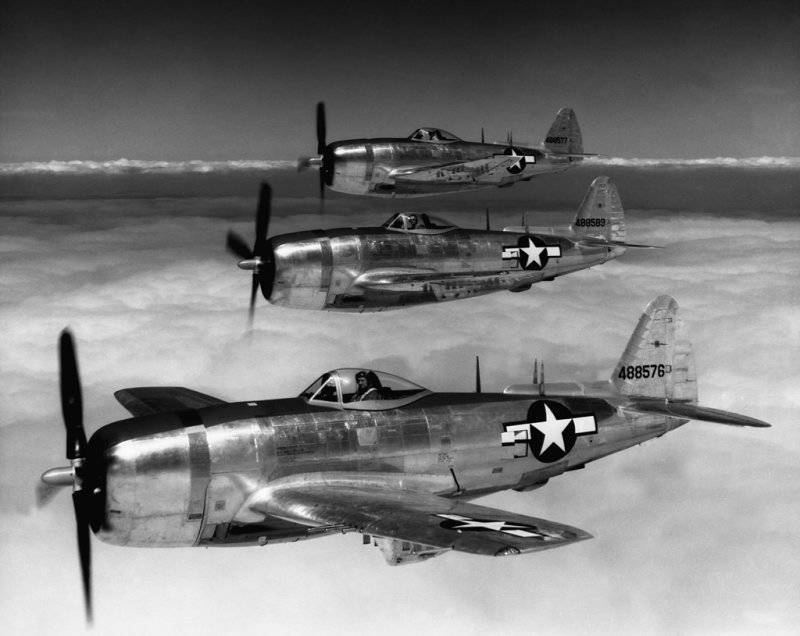
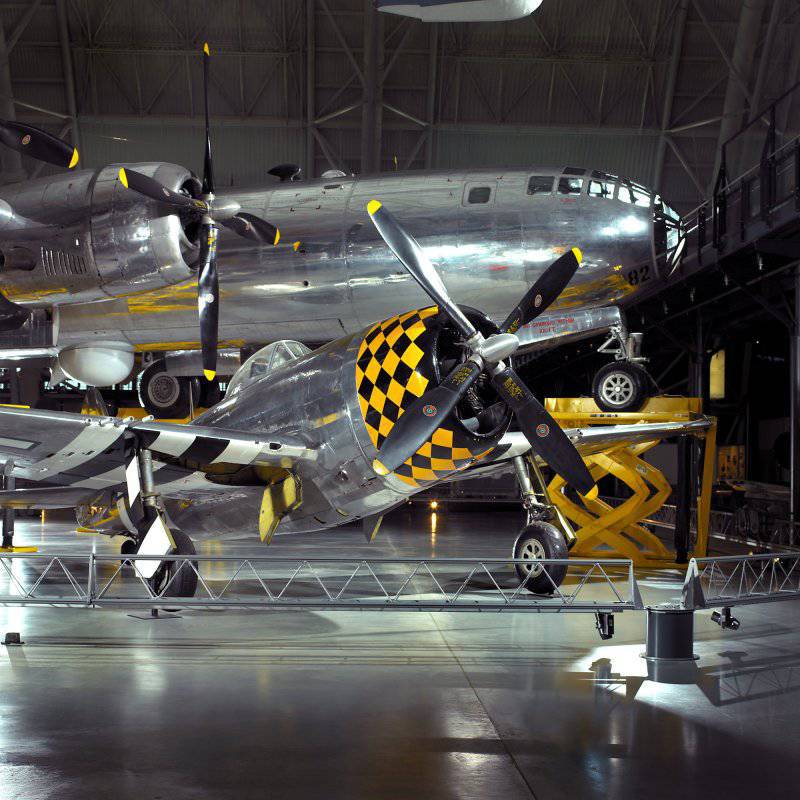
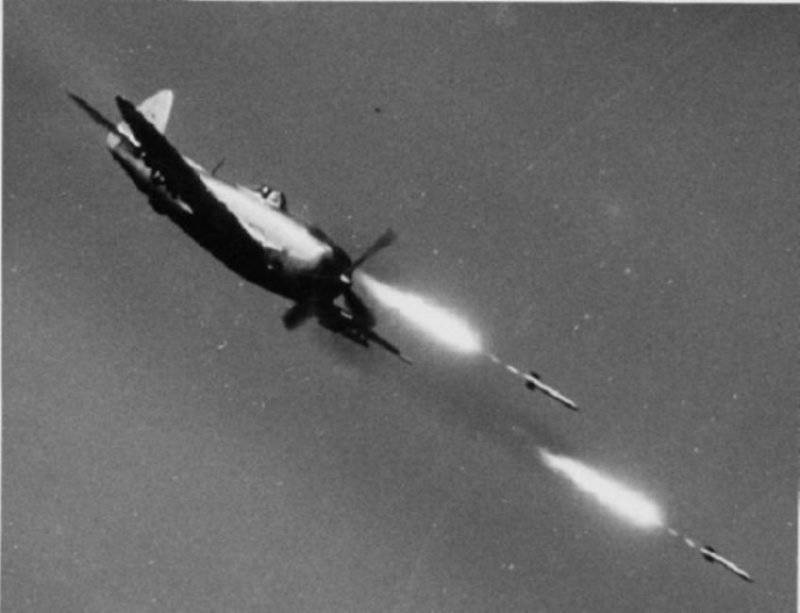
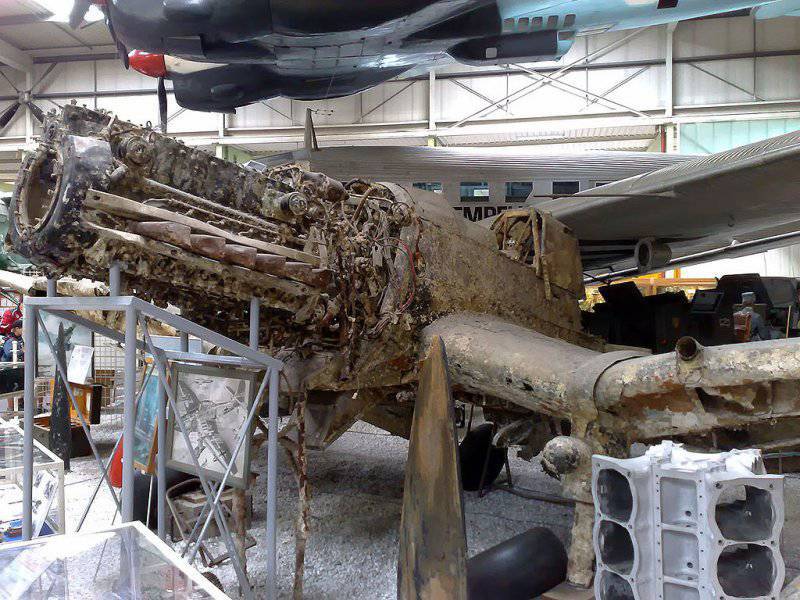
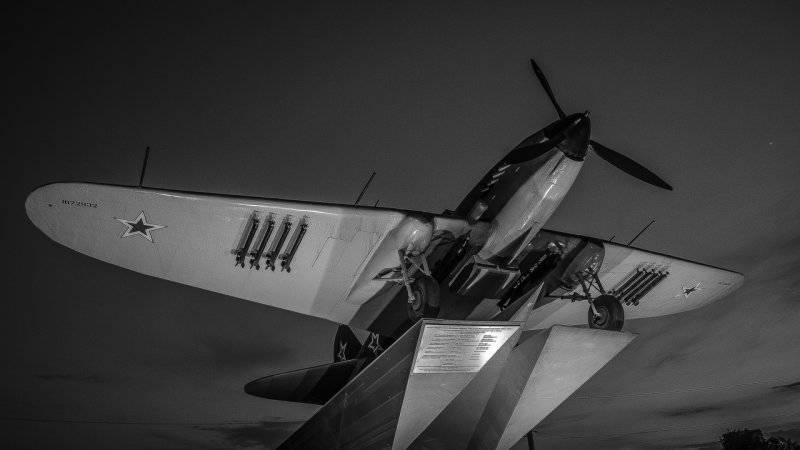
Information